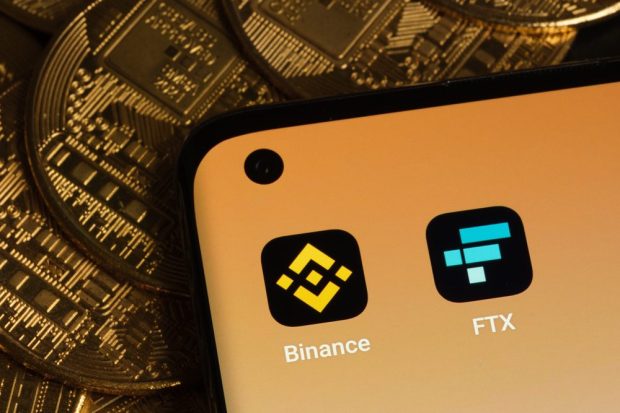After the FTX News, Can Binance’s CEO Be Believed?

As FTX news piles up, scrutiny is growing over rival exchange Binance’s operations.
Already, jittery users have withdrawn billions in funds from the world’s largest cryptocurrency exchange by trading volume due to fears that it could be the industry’s next domino to fall.
Fueling those concerns are reports that Binance doesn’t have a headquarters and questions surrounding where the exchange’s parent holding company is incorporated. “Wherever I sit, is going to be the Binance office,” the company’s founder and CEO, Changpeng Zhao (CZ), has said in a 2020 interview, invoking the fact that Bitcoin doesn’t have an office either.
Delving into the company’s finances reveals similar peculiarities compared to traditional financial firms and exchanges.
In fact, a recent audit of Binance’s holdings that aimed to reassure users and observers had the opposite effect – as the slim report raised new questions about transparency while further stoking uncertainty around the broader crypto ecosystem.
Investors have since pulled $3 billion from the platform.
A representative from Binance has yet to reply to a request by PYMNTS’ for comment.
Post-FTX landscape
Crypto’s biggest players in the post-FTX landscape are centralized exchanges like Binance, Coinbase, and Kraken.
While blockchain technology is known for its foundational promise of decentralization, it turns out that centralization, where platforms are able to take direct custody of users’ crypto funds, makes it easier, faster, and cheaper to trade cryptocurrencies.
It can also make it harder to get those funds back if they are misappropriated.
Coinbase, the number two exchange by volume, is a publicly traded company. As such, the crypto platform is subject to much tighter regulatory controls than its privately held peers. It also means that the company’s financials, like all publicly traded businesses, must be up to date and also adhere to strict and approved accounting standards.
Coinbase has also successfully obtained a BitLicense from the New York State Department of Financial Services, allowing it to trade cryptocurrencies within the state.
For Kraken, which was founded in 2011, the company has undertaken and publicy posted its own “Proof of Reserves” audit, which it blogged and tweeted about again today (Dec 15).
“At Kraken, it’s Proof of Reserves, or it’s Proof of Nothing. There is no in between,” the company tweet stated while referring interested parties to review the five core components that support its reserves.
In the interim, the 5-year-old, closely held company has been left to bear the brunt of the industry’s fears, which, given that Binance is larger than FTX, are not insubstantial.
“When assets can be made out of thin air, they can also be used to hide liabilities,” law professor Hilary J. Allen told the Senate Banking Committee at a hearing on FTX’s collapse Wednesday (Dec. 14), refering to the inherent trust challenges involved in judging the health of many crypto companies.
Talking heads
In a Tuesday (Dec. 13) memo to Binance staff, CZ wrote, “Even though the news stories don’t always reflect it, we can answer the tough questions thrown at our business.”
But a CNBC interview the next day did little to dispel the fear surrounding Binance’s business and bookkeeping after the CEO refused to directly address many questions.
For example, the televised interview touched on the possibility that Binance could have up to $2.1 billion of funds clawed back to pay FTX’s creditors as a part of the failed rival company’s bankruptcy proceedings.
When asked if Binance would be able to “handle” returning the $2.1 billion, CZ demurred. “We are financially OK,” adding that Binance’s legal team was perfectly capable of handling any question before remarking on the company’s “very solid revenue.”
Unlike the privately held Binance, many of its listed peers are struggling. Coinbase’s stock hit an all-time low this Tuesday (Dec. 13), while Kraken laid off 1,100 employees at the end of last month – a 30% reduction in its workforce that it blamed on low trading volumes.
Much remains to be seen and heard at Binance as investors and market watchers await fresh insight into its opaque operations.
For all PYMNTS crypto coverage, subscribe to the daily Crypto Newsletter.